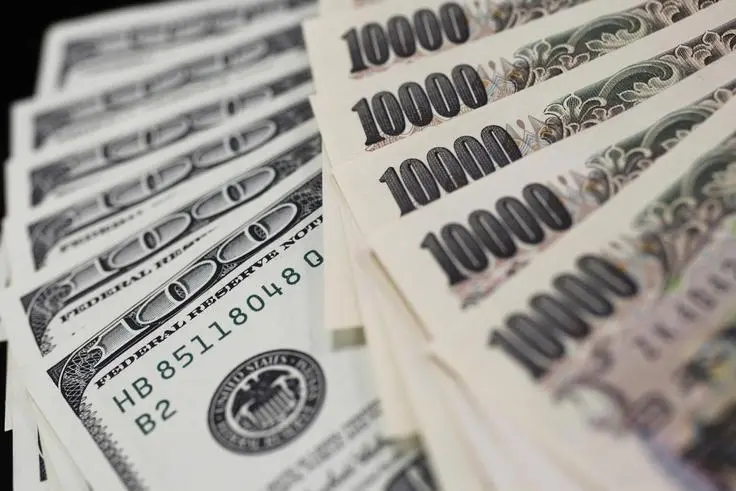The U.S. dollar climbed to its highest level in over two months against major currencies on Tuesday, buoyed by expectations that the Federal Reserve will implement modest rate cuts in the near term. Meanwhile, the yen continued its slide, edging closer to the significant 150 per dollar threshold.
The euro remained steady during early Asian trading hours but hovered near its lowest point since August 8, a level it hit on Monday ahead of the upcoming European Central Bank (ECB) policy meeting. The ECB is expected to announce another interest rate cut on Thursday.
A series of robust U.S. economic data has indicated that the economy is resilient, with only slight signs of slowing. Inflation figures for September exceeded expectations, prompting traders to scale back their bets on large interest rate cuts from the Federal Reserve. The central bank began its easing cycle in September with a 50 basis point cut, but traders now estimate an 89% chance of a smaller 25 basis point reduction in November, with a total of 45 basis points of cuts expected for the year.
The dollar index, which measures the greenback against six major currencies, was at 103.18, just shy of the 103.36 mark, its highest level since August 8. The index has gained 2.5% and is on track to end a three-month losing streak.
The dollar’s strength was reinforced by comments from Federal Reserve Governor Christopher Waller, who emphasized caution regarding further rate cuts, citing recent economic data. Waller noted that disruptions such as hurricanes and the ongoing Boeing strike could distort October’s job market figures, potentially lowering monthly job gains by more than 100,000. This could affect the market’s ability to price risk for the Federal Open Market Committee (FOMC) meeting in November.
The yen, weakened by the dollar’s rise, also faced pressure due to a dovish stance from Bank of Japan Governor Kazuo Ueda and opposition to further rate hikes by new Prime Minister Shigeru Ishiba. These developments have raised doubts about when Japan’s central bank will tighten its monetary policy.
In other currency movements, the Australian dollar remained steady at $0.67275, while the New Zealand dollar slipped 0.13% to $0.6089. The euro traded at $1.090825. Meanwhile, China’s offshore yuan stayed relatively unchanged at 7.0935 per dollar amid reports that China may raise 6 trillion yuan ($850 billion) through Treasury bonds to provide fiscal stimulus for its slowing economy.





